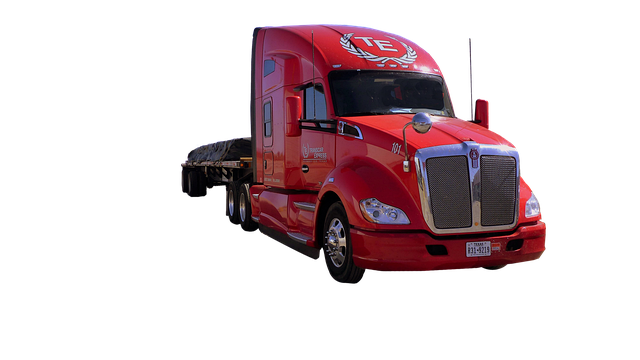Oversized vehicle insurance is a vital risk management tool for trucking operations transporting heavy or specialized cargoes, covering unique challenges like weather damage, mechanical failures, and loading hazards. It provides comprehensive protection against physical damage, liability, and loss due to weather or missecurement, enabling truckers to focus on safe transportation while mitigating financial risks. This proactive approach, including regular inspections, driver training, advanced technology, and route optimization, ensures safety compliance and accident prevention for large trucking equipment, with key coverage options like liability, physical damage, and replacement parts protection.
In the dynamic landscape of logistics, comprehensive protection for large trucking equipment is non-negotiable. Trucking operations face unique risks, from hazardous road conditions to the high value of specialized machinery. This article delves into these challenges, exploring the paramount importance of oversized vehicle insurance. We dissect key coverage options, safety measures, and best practices, empowering fleet managers to mitigate risks and safeguard their substantial investments in trucking equipment.
- Understanding the Unique Risks of Trucking Equipment
- The Importance of Specialized Oversized Vehicle Insurance
- Key Coverage Options for Comprehensive Protection
- Mitigating Risks: Safety Measures and Best Practices
Understanding the Unique Risks of Trucking Equipment
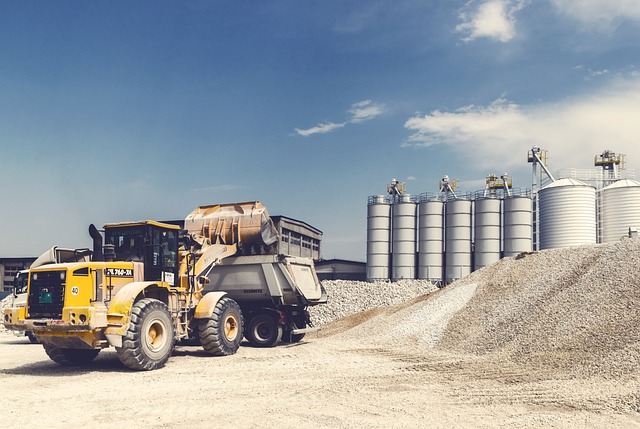
Trucking equipment, especially those hauling oversized or heavy loads, faces distinct risks that go beyond standard vehicular accidents. These risks include damage during transport due to adverse weather conditions, mechanical failures, and potential hazards from loading/unloading processes. The size and weight of these vehicles make them susceptible to rollovers, particularly on inclines or sharp turns. Additionally, the diverse nature of cargoes—from construction materials to specialized machinery—means that each load presents unique challenges. For instance, securing irregular or bulky items properly is crucial to prevent shifting during transit, reducing the risk of accidents and damage.
Insuring these large trucking operations requires a tailored approach. Oversized vehicle insurance must account for these specific perils, offering comprehensive coverage that goes beyond standard auto policies. It should include protection against physical damage, liability for on-route incidents, and potential losses arising from cargo missecurement or weather-related events. Such specialized insurance ensures that truckers are adequately protected, enabling them to focus on efficient transportation while mitigating financial risks associated with the unique challenges of this industry.
The Importance of Specialized Oversized Vehicle Insurance
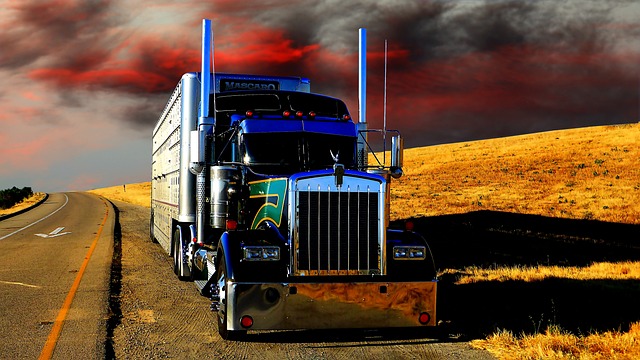
Protecting large trucking equipment goes beyond basic vehicle coverage, especially for specialized and oversized vehicles. These vehicles often face unique risks due to their size and nature, necessitating tailored insurance solutions. Oversized vehicle insurance is designed to provide comprehensive protection for these unique assets. It accounts for specific challenges like route restrictions, special handling requirements, and potential environmental liabilities associated with transporting large or unusual cargoes.
Having the right coverage ensures that in case of accidents, damages, or legal issues, trucking companies are not left vulnerable. Specialized policies offer peace of mind by covering costs related to repairs, replacement, liability, and even regulatory fines. This proactive approach allows businesses to focus on efficient operations and safety without constantly worrying about potential financial setbacks.
Key Coverage Options for Comprehensive Protection
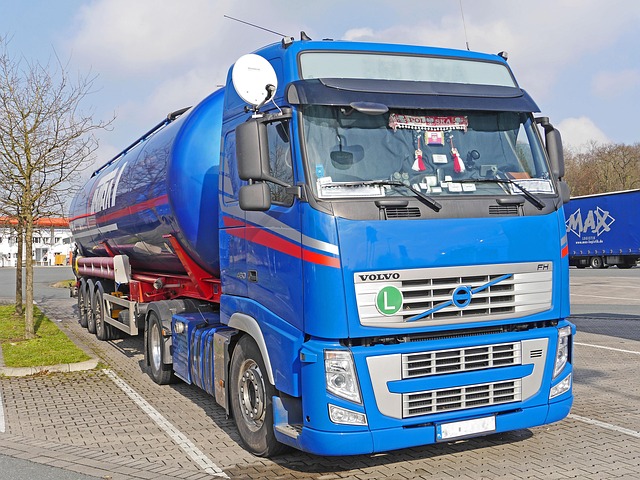
When it comes to comprehensive protection for large trucking equipment, there are several key coverage options that drivers and fleet managers should consider. Firstly, oversized vehicle insurance is crucial for protecting against potential risks unique to operating such vehicles. This includes coverage for any additional expenses arising from transporting oversized loads, ensuring compliance with regulations, and mitigating legal liabilities.
Additionally, comprehensive protection should encompass liability coverage, which shields against claims related to property damage or personal injury caused during operations. Furthermore, physical damage coverage is essential, protecting the truck itself from accidents, natural disasters, or vandalism. Also, consider options for replacement parts and equipment loss, as these can be costly to replace.
Mitigating Risks: Safety Measures and Best Practices
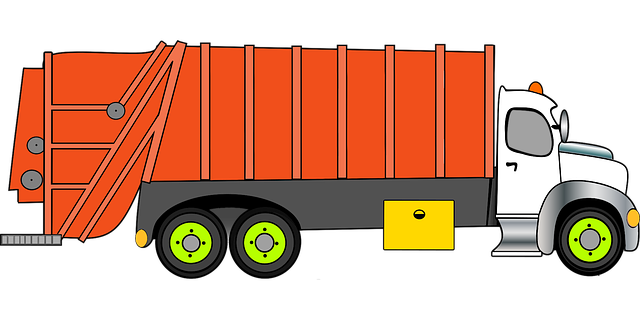
In the realm of large trucking equipment, mitigating risks is paramount to ensure safe operations and compliance with regulations. One key aspect is implementing robust safety measures, including regular vehicle inspections to identify potential hazards and maintain optimal condition. Drivers must be well-trained in defensive driving techniques, emphasizing cautious maneuvers and anticipation of unexpected situations. Additionally, utilizing advanced technology such as collision avoidance systems and GPS tracking can significantly enhance safety by providing real-time data for monitoring and intervention.
Best practices extend beyond individual vehicle care. Efficient fleet management involves careful routing to minimize high-risk areas, ensuring drivers adhere to speed limits and load restrictions. Comprehensive oversized vehicle insurance is essential, offering tailored coverage to protect against unique risks associated with large trucking equipment. Regular staff training on safety protocols and emergency procedures further reduces the likelihood of accidents and promotes a culture of safety consciousness among all team members.
In navigating the intricate landscape of large trucking equipment, understanding the unique risks involved is paramount. Armed with knowledge about these challenges, the importance of specialized oversized vehicle insurance becomes crystal clear. By exploring key coverage options and implementing best safety practices, operators can ensure comprehensive protection for their valuable assets. This strategic approach not only mitigates risks but also fosters a safer and more efficient trucking environment.
